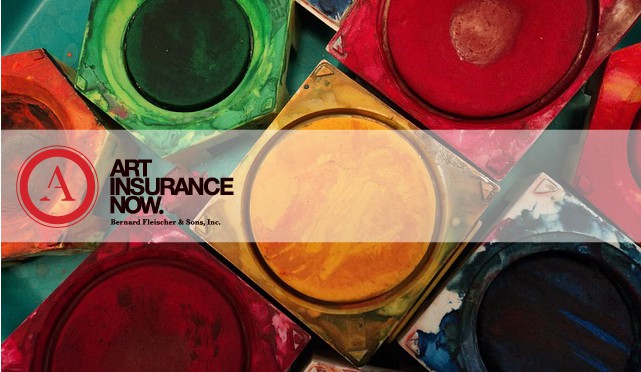I received an interesting referral from the insurance carrier, Liberty Mutual. The homeowner has insurance for his home of $350,000 but his art collection is worth $400,000. Liberty Mutual would not insure the art so they sent him to me. I also get similar referrals from insurance carriers like USAA and Geico.
His story is very typical, He is receiving an inheritance of valuable art. His short-term goal is to bring the art into his home, then possibly sell them in the future.
I explained to him the various options, Blanket Coverage, where he will have to prove the value at the time of loss, this is easy because when people die, there is an accounting of assets required from the IRS to establish death tax.
But there are cases where the tax valuation does not exist or is purposely low. For establishing current market value under a blanket policy, tax evaluation is not important but the description can be. The description can be used to help a dealer or appraiser establish the current market price.
Then I explained to him, he can insure based on Scheduled Coverage, The schedule does not have to be backed up with bills of sale or appraisals. The downside to this is he may undervalue the art.
The third option we discussed is Scheduled Coverage based on bills or appraisals, this is great for at the moment value, but can lose if the art appreciates.
I also explained that the coverage I can suggest to him, would include coverage for art transport, storage while the art is in his home and if he decides to either put the art in an exhibition or give/consign to a dealer, the insurance would follow the art in these situations.
Call us if you require coverage for your valuable collectibles. We can custom design the right policy for your unique situation and get you properly covered quickly.
![]()




 Email regarding having Artist shows in an Office Environment.
Email regarding having Artist shows in an Office Environment.